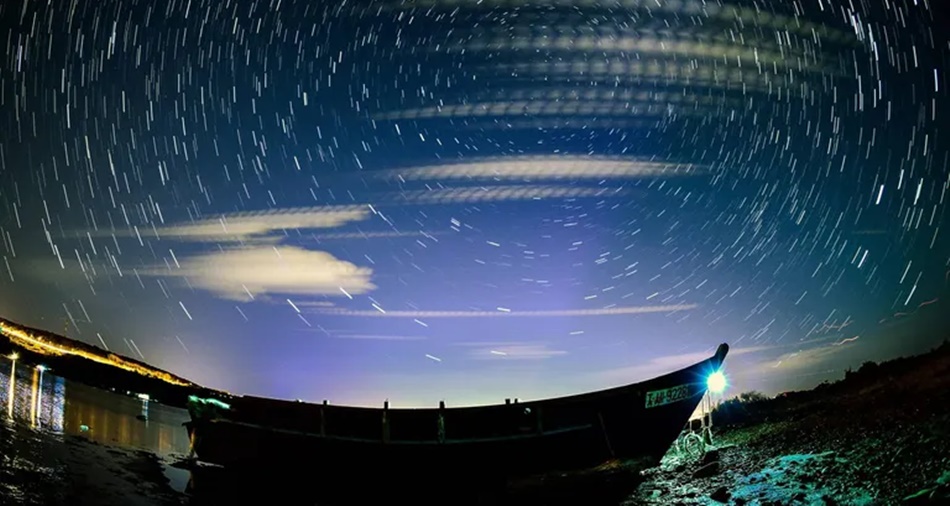Astronomers expect falling star rain
The night sky will be turbulent in the coming days. The Quadrantid meteors produce up to 130 shooting stars per hour.

At the beginning of the year, the Quadrantid meteors appear. This periodic meteor shower delivers up to 130 shooting stars per hour at its maximum around January 4th. This makes the Quadrantids one of the four most productive meteor showers of the year.
They seem to emanate from the constellation of Bootes, which is near the Big Dipper. Bootes, or Bear Keeper, was once thought to be the Wall Quadrant constellation, hence the name for this meteor shower.
The next stream of shooting stars is then not expected again until the first week of May. Then the Eta Aquarids appear. They seem to emanate from the constellation Aquarius. The pronounced maximum is expected in the morning hours of May 6, with up to seventy meteors flaring up per hour.
The Perseids are coming in August
August will see the heaviest shooting star shower of the year. From the 10th to the 14th the Perseids flare up. Among them are fairly bright objects called bolides or fireballs.
Perseid activity peaks on the night of August 12-13, when more than a hundred meteors flare up every hour.
And the last big shower of shooting stars comes in mid-November with the Leonids. They seem to come from the constellation Leo. Around the 18th this year around fifteen shooting stars of this stream can be registered.
Partial lunar eclipse in October
Otherwise there are no major astronomical highlights in our region this year. The year 2023 is also very low in darkness for Central Europe.
Of the four eclipses that will take place in 2023, only the partial lunar eclipse on October 28 can be followed here.
The annular total solar eclipse of April 20th and the annular solar eclipse of October 14th cannot be observed from Central Europe.
The penumbral lunar eclipse on May 5 is also not observable from Central Europe.

